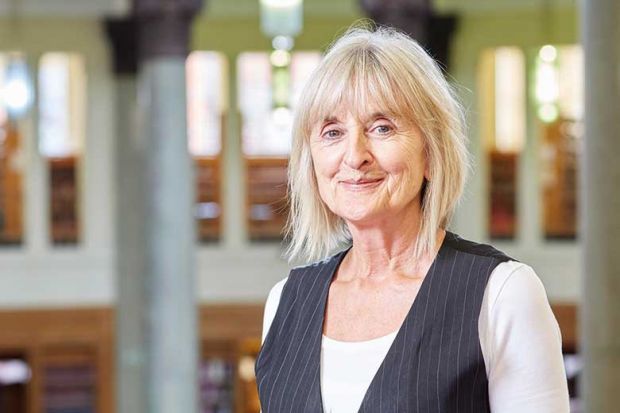What sort of books inspired you as a child?
I’ve never forgotten Joyce Lankester Brisley’s Milly-Molly-Mandy – each book opened with a map of the village where M-M-M lived and I loved that – or Wind in the Willows. Later, predictably, I was entranced by Little Women, Frances Hodgson Burnett’s A Little Princess, What Katy Did and Noel Streatfeild’s Ballet Shoes. Classic themes of danger and redemption, relationships, resourceful girls.
Your new book explores ‘women’s reading’ and ‘middlebrow’ literature. What led to your interest in such topics?
Discovering Colette when reading for my PhD thesis on women in inter-war French fiction. There had been virtually no female writers on my undergraduate course. Then, thanks to Virago and Persephone, I read all those forgotten “middlebrow” inter-war authors such as E. M. Delafield and Dorothy Whipple. The iconic texts of cultural studies, especially those by Raymond Williams, opened up the canon to what people actually read and why.
Which theoretical texts have been useful in illuminating the sexual politics of reading?
At the start, Simone de Beauvoir’s trenchant analysis of certain male authors in The Second Sex and Kate Millett’s Sexual Politics were an inspiration. I have found the work of Janice Radway – both Reading the Romance and A Feeling for Books – immensely useful, and that of Rita Felski, especially Literature after Feminism. Marie-Laure Ryan (Narrative as Virtual Reality: Immersion and Interactivity in Literature and Electronic Media and the later work) and Jean-Marie Schaeffer (Why Fiction?) theorise the nature and value of “immersive” reading (getting lost in a story), which I see as relevant to the gendering of texts and modes of reading.
Can you recommend a few translated but underrated 20th-century French novels?
I can, but I think (heresy alert!) the French lost their way with storytelling somewhere around the time of the New Novel. Colette is no longer underrated but should be read more, and is brilliantly translated: Chéri and its heartbreaking sequel, The End of Chéri, are a good place to start. Irène Némirovsky was a prolific novelist before Suite Française and she’s good – Persephone has published her short stories as Dimanche and Other Stories. Bilingual writer Nancy Huston’s The Mark of the Angel is a wonderful example of how inventive style and political/ethical seriousness can still make for a page-turning read.
What is the last book you gave as a gift, and to whom?
I’ll have to have two. E. Nesbit’s The Railway Children to my oldest granddaughter (she’s nine) – she devoured it within 24 hours. Hanya Yanagihara’s brilliant and devastating A Little Life to my son, who was duly devastated but also loved it.
What books do you have on your desk waiting to be read?
Apart from those for review, I have Hugo’s Les Misérables belatedly lined up for 2019. Some of my favourite authors have new books out, so in the pile are also Kate Atkinson’s Transcription, Barbara Kingsolver’s Unsheltered and Nancy Huston’s Lèvres de pierre.
Diana Holmes is professor of French at the University of Leeds. Her latest book is Middlebrow Matters: Women’s reading and the literary canon in France since the Belle Époque (Liverpool University Press).
